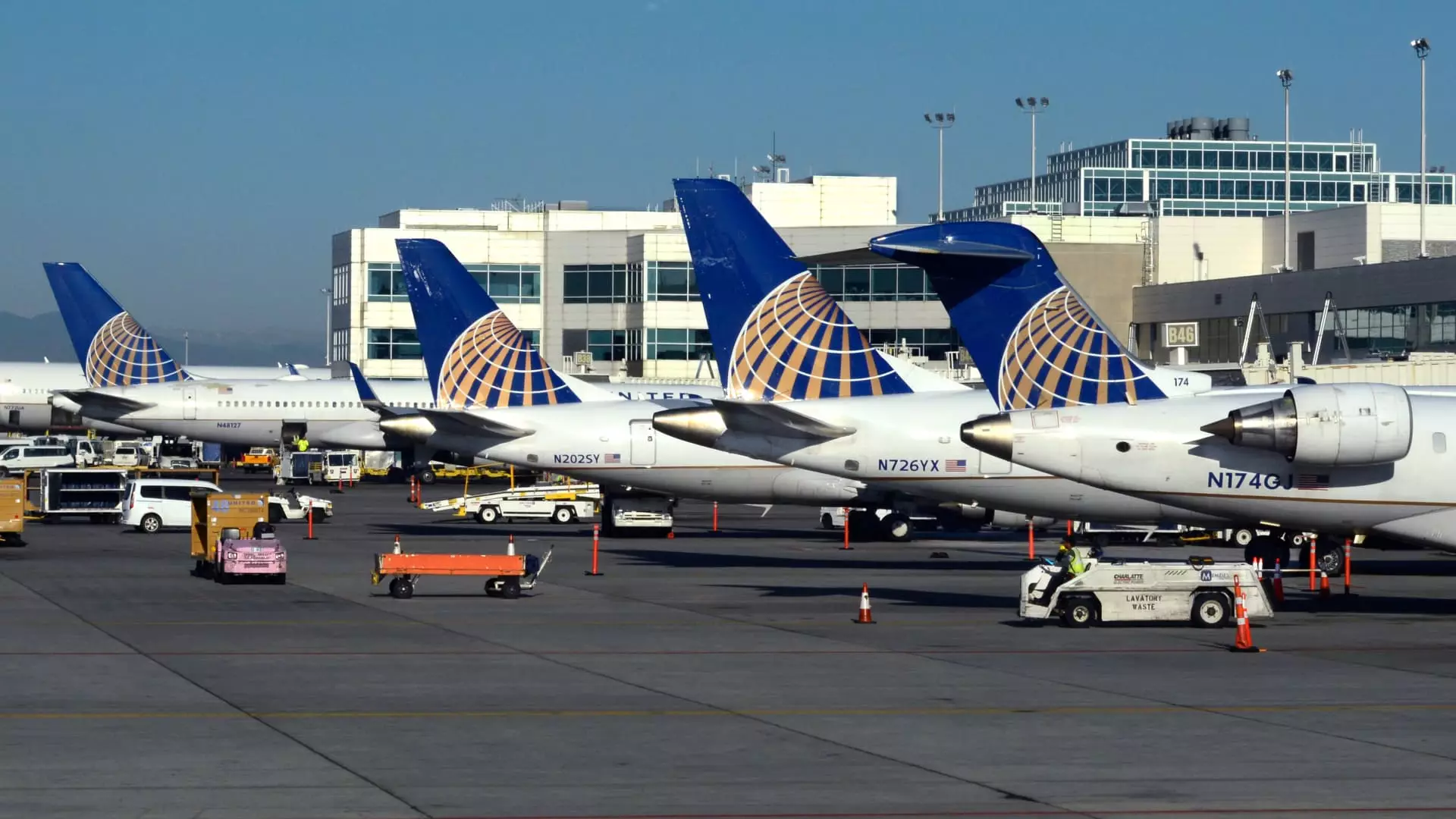It’s no secret that airlines have been tightening the purse strings on amenities and rewards for loyal customers, but United Airlines’ recent announcement takes this trend to a new level. By implementing fee increases for airport lounge memberships and co-branded credit cards, the carrier reveals a calculated gamble on consumer behavior. United aims to gauge how far loyal patrons are willing to stretch their wallets for arguably diminishing perks associated with air travel. This bold move flies in the face of traditional consumer loyalty, and here lies the crux of the issue: just how much value are these premium services delivering in return for the money customers are now being asked to shell out?
Consumer Perception vs. Airline Profit Margins
United’s strategy, articulated by Richard Nunn, chief executive of MileagePlus, is that increased fees will correspond to greater value through enhanced benefits. However, this assertion raises eyebrows. Are these benefits genuine upgrades, or merely incremental enhancements designed to mask the sting of higher costs? As consumers, we find ourselves caught in an unsettling cycle where what used to be standard perks are now being marketed as exclusive rewards. While some users may welcome the new offerings—rideshare credits and enhanced award flight discounts—the underlying concern remains: the benefits may not outweigh the sticker shock that comes with them, especially as air travel becomes more tumultuous and less predictable.
The Race to the Bottom Through Premiumization
The escalating fees signal an alarming trend within the airline industry—an obsession with premiumization that exploits the sense of ‘elite’ travel while simultaneously excluding the very consumers who made these premium services desirable in the first place. United, along with competition from Delta and American Airlines, has positioned itself to appeal to a growing demographic of affluent travelers, yet the latent risks in this strategy could yield longer-term repercussions. Increased barriers to entry for airport lounges may alienate the everyday traveler who has relied on loyalty programs to enhance their travel experience.
A Question of Accessibility and Inclusivity
The exclusivity that United is pursuing could ultimately backfire. While targeting high-tier travelers might temporarily bolster profit margins, it runs the risk of ostracizing the wider audience of average travelers who have been loyal to the airline system. High fees for lounge access will limit the experience to an elite few, creating a divide that increasingly favors wealth over merit. This trend starkly contrasts with the core idea of loyalty programs, which aimed to reward consistent patrons regardless of their financial standing.
In an age where inclusivity matters, it’s time for airlines like United to reconsider this narrow approach. The skies can hold space for various types of travelers, and the industry should reflect that diversity without imposing exorbitant fees as a prerequisite for comfort and convenience.
The potential backlash against such strategies is not merely theoretical; customers are empowered and possess the ability to shift their loyalties to more accommodating airlines. If the industry continues down this path of premiumization, it could spawn a marketplace where the common traveler feels systematically disregarded. United Airlines, it seems, has entered a precarious balancing act between maximizing profits and maintaining consumer trust.


Leave a Reply